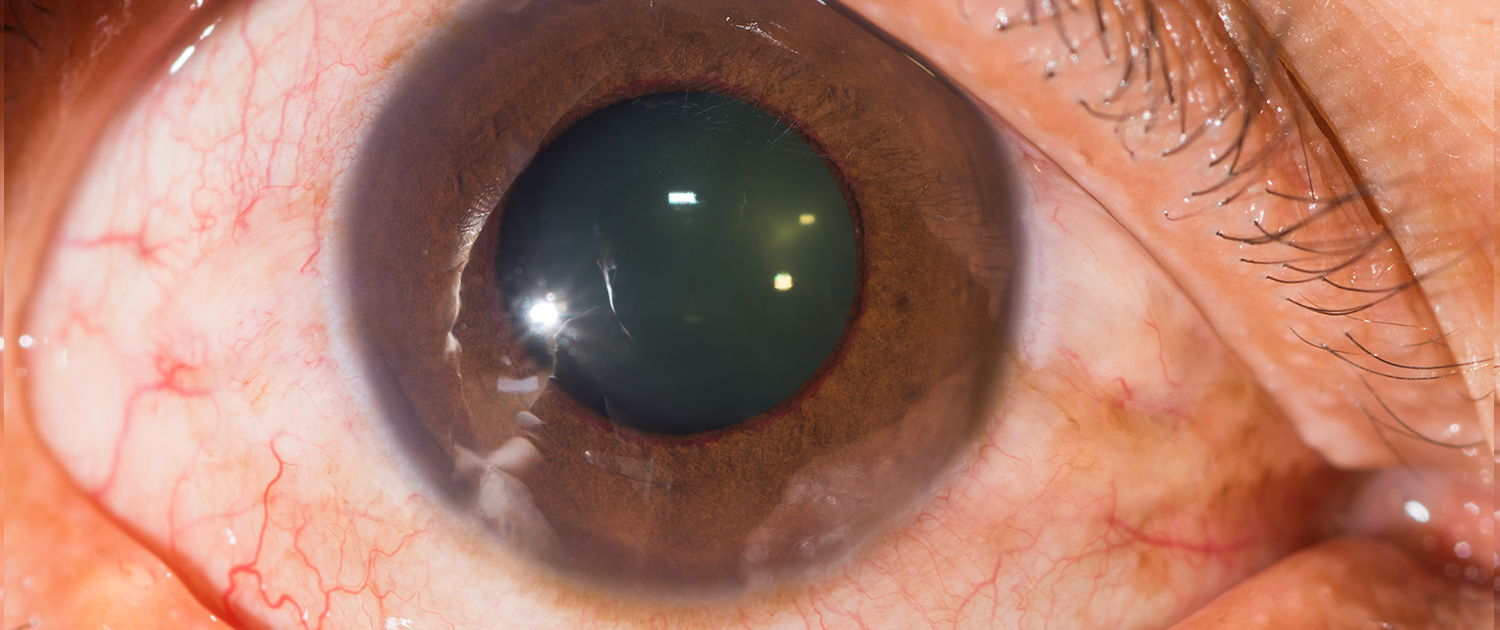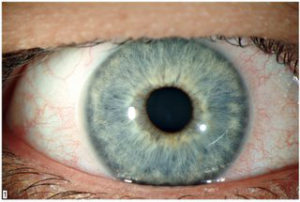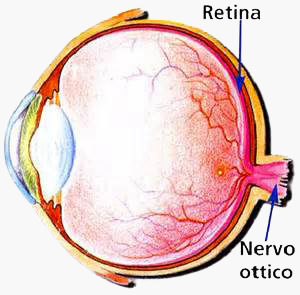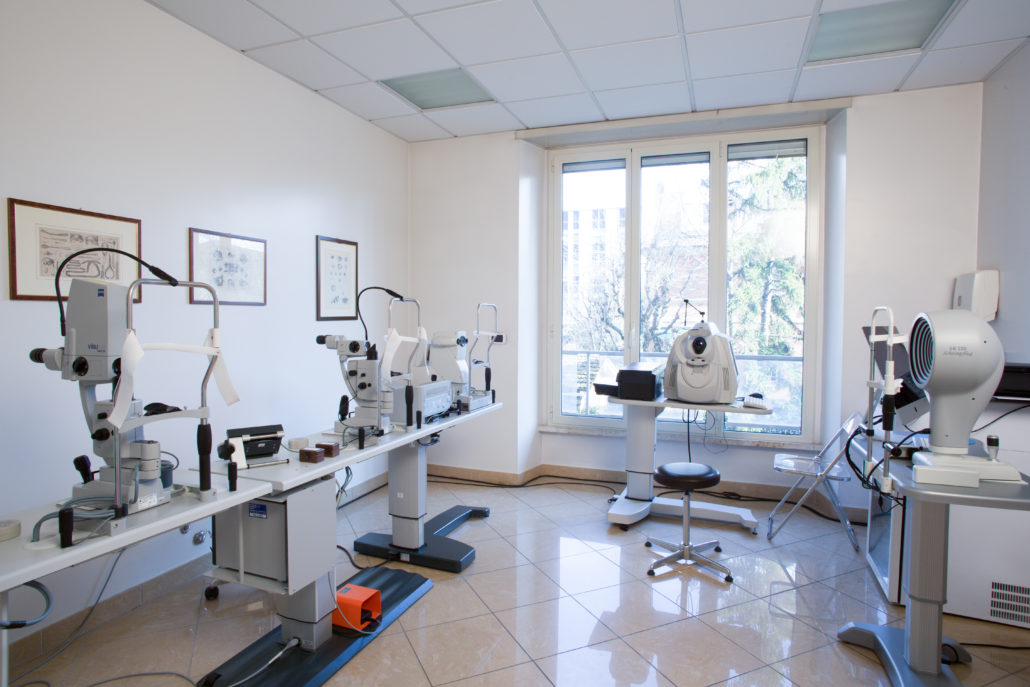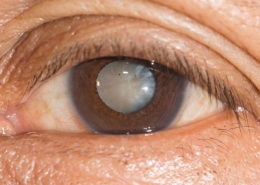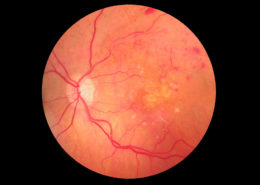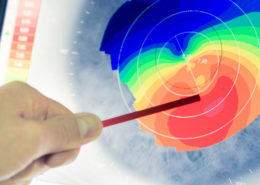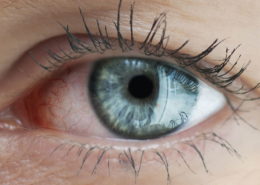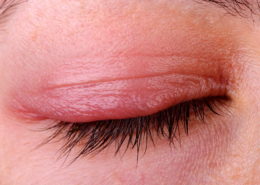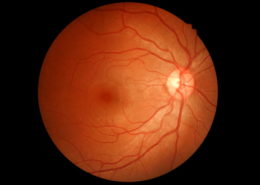GLAUCOMA
Glaucoma is a disease that results in a degeneration of the optic nerve and is caused by increased pressure inside the eye. Glaucoma can lead to vision loss and even blindness.
In most patients, glaucoma occurs when pressure inside the eye is at a level sufficient to damage the optic nerve. The optic nerve is a bundle of more than 1 million nerve fibers. It connects the retina to the brain. The retina is the light-sensitive tissue at the back of the eye. A healthy optic nerve is necessary for good vision.
There are three main types of glaucoma:
- Open-angle glaucoma – In this type, the angle of the anterior chamber in the eye is open, but it does not function properly. This prevents the fluid inside the eye from draining and causes the pressure in the eye to rise.
- Closed-angle glaucoma – In this type, the angle of the anterior chamber in the eye is closed, or blocked. This prevents the fluid inside the eye from draining and causes the pressure in the eye to rise. In some people, the blockage happens very suddenly and causes severe pain and vision loss. This is called “acute closed-angle glaucoma.” In other people, it happens slowly over time, and might cause periods of headaches. This is called chronic closed-angle glaucoma.
Closed-angle glaucoma is a serious condition and needs to be treated immediately. - Congenital glaucoma – This happens when a child is born with a defect in the angle of the anterior chamber of the eye that slows the normal drainage of fluid. These children usually have obvious symptoms such as cloudy eyes, sensitivity to light, and excessive tearing.
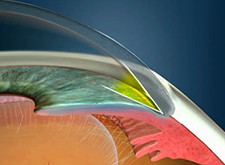
Closed-angle glaucoma
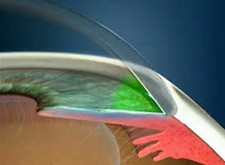
Open-angle glaucoma
Types of Glaucoma
Other types of glaucoma include:
- Low-tension or normal-tension glaucoma – In this type, the optic nerve is damaged without an increase in eye pressure. People with this condition might also have problems with side vision. In some people with this type of glaucoma, medications or surgery can lower even more the eye pressure and slow the disease.
- Secondary glaucoma – These are types of open-angle glaucoma that are caused by medication or other medical conditions. They include:
- Pseudoexfoliative glaucoma – People with this type have deposits of a protein-like material in their eye.
- Pigmentary glaucoma – In this type, pigment from the iris flakes off and blocks the meshwork of the angle. This slows fluid drainage.
- Neovascular glaucoma – This is a severe form of glaucoma that can happen in people with diabetes or retinal vein occlusion.
- Uvetic glaucoma – This type of glaucoma can happen from eye inflammation.
In some people, corticosteroid drugs used to treat eye inflammations and other diseases can also cause secondary glaucoma.
Does increased eye pressure mean that I have glaucoma?
Not necessarily. Increased eye pressure means you are at risk for glaucoma, but does not mean you have the disease. A person has glaucoma only if the optic nerve is damaged. If you have increased eye pressure but no damage to the optic nerve, you do not have glaucoma. However, you are at risk. Your eye doctor can help you understand whether or not you have glaucoma.
Can I develop glaucoma without increased eye pressure?
Yes. This form of glaucoma is called low-tension or normal-tension glaucoma. It is not as common as open-angle glaucoma.
Who is at risk for glaucoma?
Anyone can develop glaucoma, but a person’s risk increases with age.
In addition, people with a family history of glaucoma are at higher risk for developing the condition than others.
What can I do to protect my vision?
Studies have shown that the early detection and treatment of glaucoma, before it causes major vision loss, is the best way to control the disease.
If you are being treated for glaucoma, be sure to take your glaucoma medicine as directed and see your eye doctor regularly.
Remember that lowering eye pressure in glaucoma’s early stages slows progression of the disease and helps save vision.
What are the symptoms of glaucoma?
When it first starts, glaucoma has no symptoms. Vision stays normal, and there is no pain most of the time. However, as the disease progresses, a person with glaucoma might notice his or her side vision gradually failing. Objects in front might still be clear, but objects to the side might be missed. Glaucoma can develop in one or both eyes.
Without treatment, the person will slowly lose his or her peripheral (side) vision. Vision appears as if it is through a tunnel. Over time, straight-ahead vision might also decrease, leaving no vision remaining.
In acute closed-angle glaucoma, symptoms include severe pain and nausea, as well as redness of the eye and blurred vision. In chronic closed-angle glaucoma, symptoms include periods of headaches or eye pain. Closed-angle glaucoma is a medical emergency.
Without treatment to improve the flow of fluid, the eye can lose the vision in a short period of time.
How is glaucoma detected?
Glaucoma is detected through the following tests:
- Comprehensive eye exam – This includes:
- Visual acuity test – This test uses an eye chart to measure how well a person sees at various distances.
- Tonometry – For this test, an instrument measures the pressure inside the eye.
- Pachymetry – For this test, the eye doctor measures the thickness of the cornea.
- Dilated eye exam – For this exam, drops are placed in the eyes to widen, or dilate, the pupils. The eye doctor then uses a special magnifying lens to examine the retina and optic nerve for signs of damage and other eye problems.
- Visual field test – This computerized test measures peripheral vision. It helps the eye doctor determine if a person has had loss of peripheral (side) vision, which can be a sign of glaucoma.
- Optical coherence tomography – This test measures optic nerve thickness. In glaucoma, the nerve fiber layers (the fibers that make up the optic nerve) can get thinner as the disease progresses.
- Pictures – The eye doctor might take a picture of the optic nerve. This picture can serve as a baseline to see if changes happen over time.
Can glaucoma be treated?
Yes. Immediate treatment for early stage, open-angle glaucoma can slow progression of the disease. That’s why early diagnosis is very important.
There are many different treatments for glaucoma. However, while these treatments might save remaining vision, they do not restore sight already lost from glaucoma:
- Medication – Medication, in the form of eyedrops or pills, is the most common early treatment for glaucoma. Some medications cause the eye to make less fluid. Others lower pressure by helping fluid to drain from the eye.
Because glaucoma often has no symptoms, people might be tempted to stop taking, or might forget to take, their medication. But regular and correct use is very important to control eye pressure.
-
- Laser surgery – There are different kinds of laser surgery doctors can use to treat glaucoma when medical therapy is not enough to lower eye pressure. They include:
- Laser iridotomy – This treatment is used for closed-angle glaucoma. It can create a hole in the iris to help relieve the blockage of the angle.
- Laser trabeculoplasty – This can help fluid drain out of the eye in open angle glaucoma. It is a surgery that the eye doctor performs in his or her office.
- Laser surgery – There are different kinds of laser surgery doctors can use to treat glaucoma when medical therapy is not enough to lower eye pressure. They include:
Conventional surgery – The types of conventional surgeries for glaucoma include:
-
- Trabeculectomy – In this surgery, the eye doctor makes a new opening for the fluid to leave the eye.
- Drainage implant – For this surgery, the eye doctor places an implant inside the eye to help fluid drain.
Discover the other pathologies
This post is also available in: Italian

